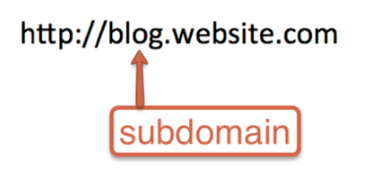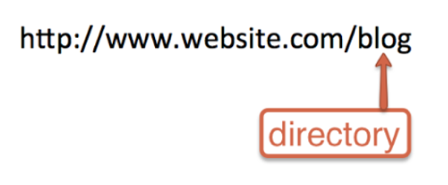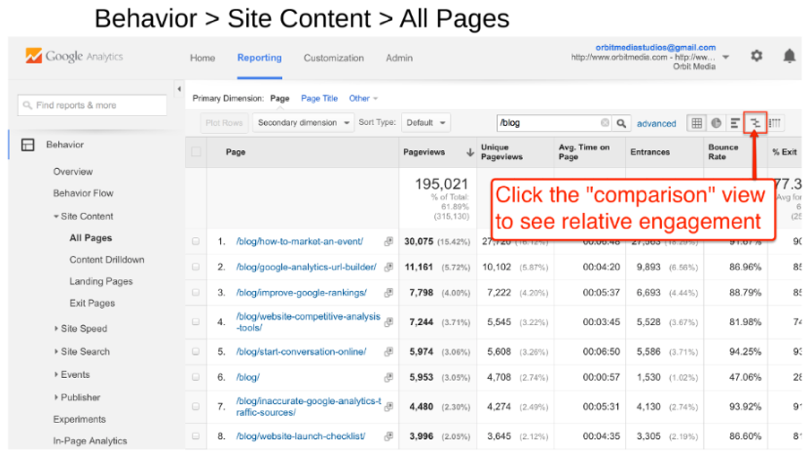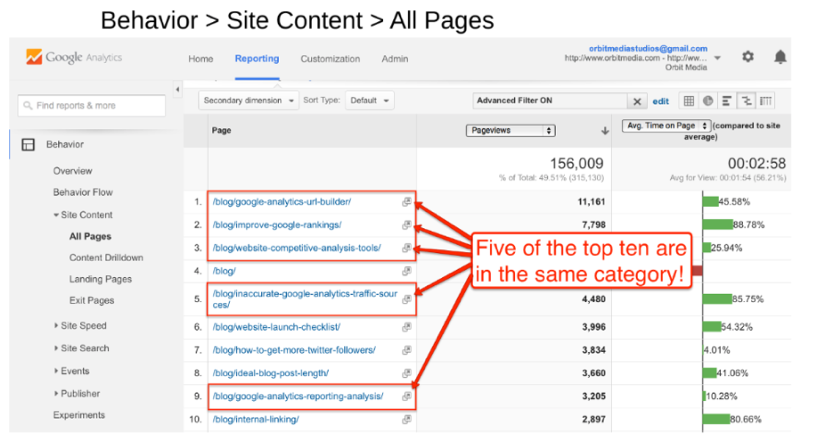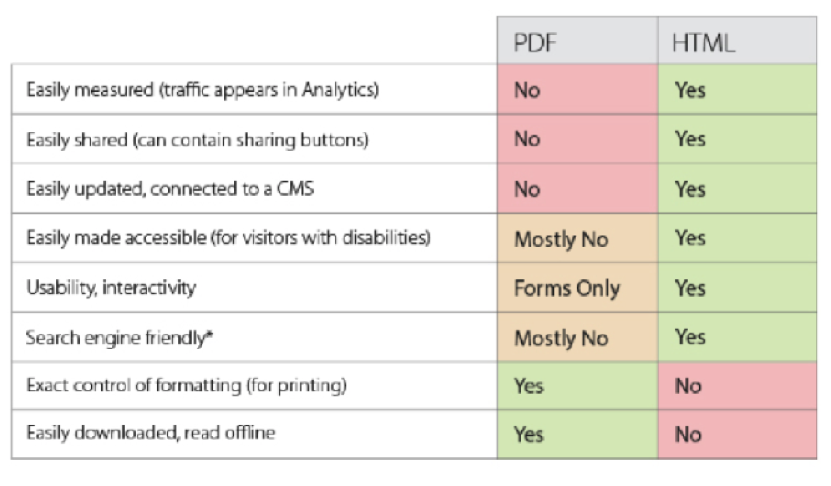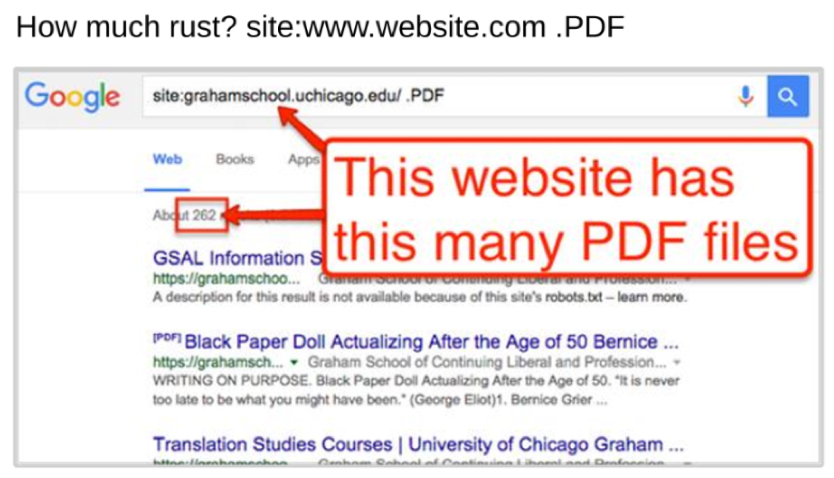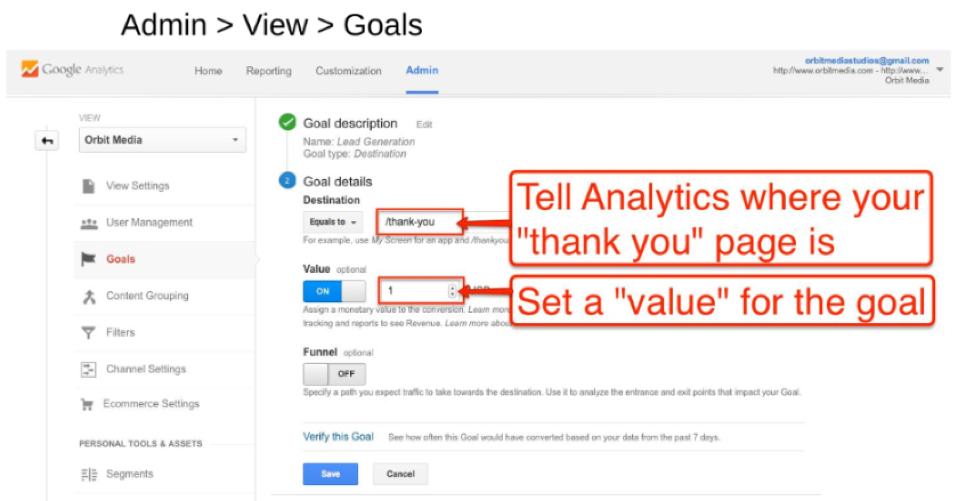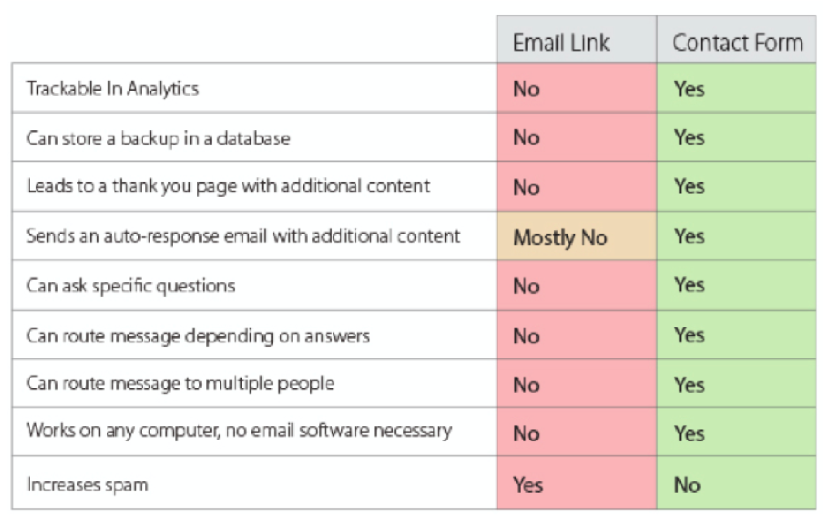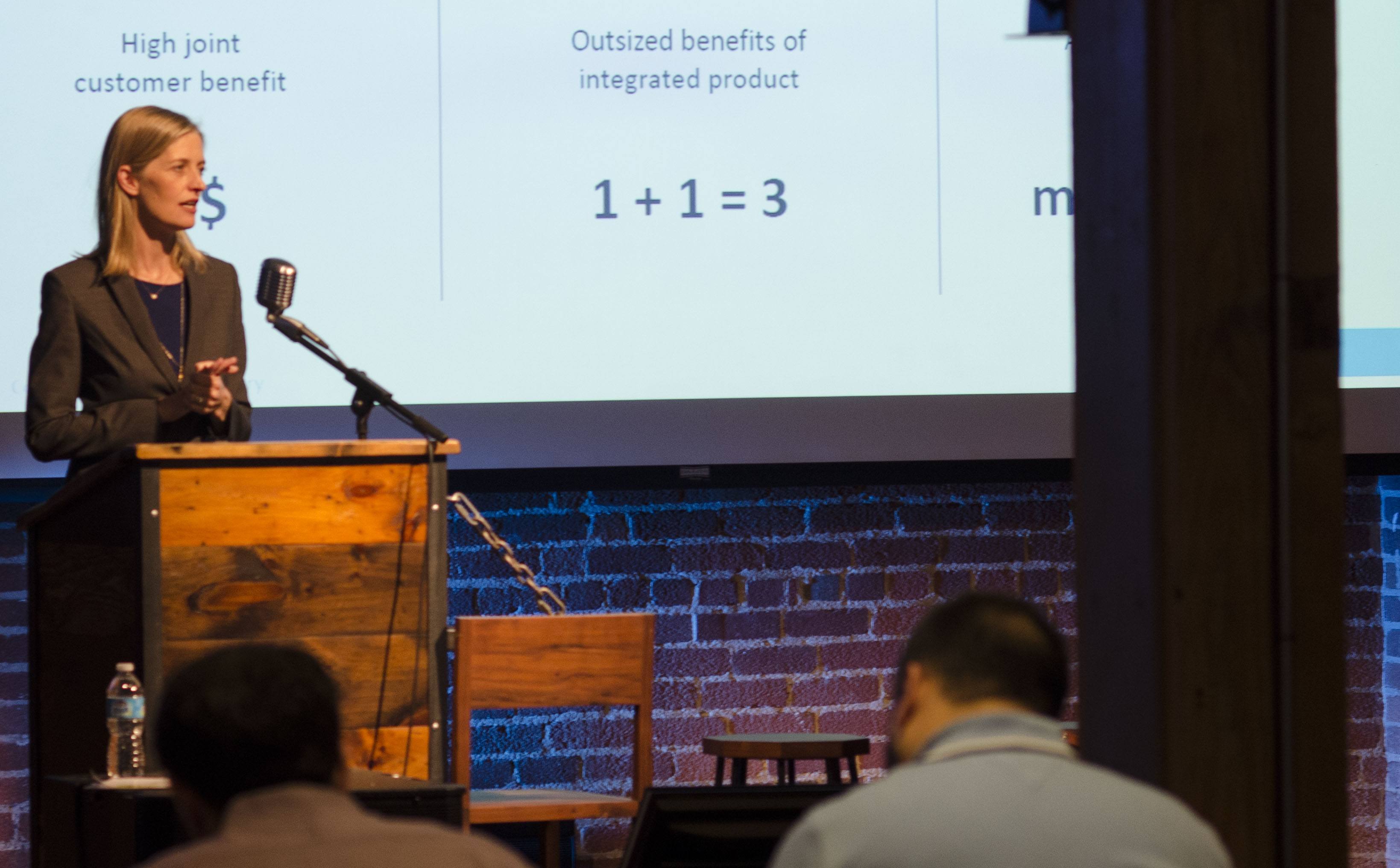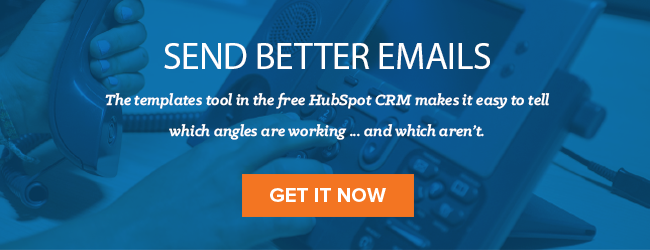 Over the last couple years, I’ve spent an increasing amount of time diving into the possibilities Deep Learning (DL) offers in terms of what we can do with Artificial Intelligence (AI). Some of these possibilities have already been realized (more on this later in the post). And, I could not be more excited to see them out in the world.
Over the last couple years, I’ve spent an increasing amount of time diving into the possibilities Deep Learning (DL) offers in terms of what we can do with Artificial Intelligence (AI). Some of these possibilities have already been realized (more on this later in the post). And, I could not be more excited to see them out in the world.
Through it all, I’ve felt there are a handful of breath-taking realities that most people are not grasping when it comes to an AI-Powered world. Why the implications are far deeper for humanity than we imagine. Why in my areas of expertise, marketing, sales, customer service and analytics, the impact will be deep and wide. Why is this not yet another programmatic moment. Why the scale at which we can (/have to) solve the problems is already well beyond the grasp of the fundamental strategy most companies follow: We have a bigger revenue opportunity, but we don’t know how to take advantage? Let’s buy more hamster wheels, hire more hamsters and train them to spin faster!
Today I want shed some light on these whys, and a bit more. My goal is to try to cause a shift in your thinking, to get you to take a leadership role in taking advantage of this opportunity both at a personal and professional level.
I’ve covered AI earlier: Artificial Intelligence: Implications On Marketing, Analytics, And You. You’ll learn all about the Global Maxima, definitions of AI/ML/DL, and the implications related to the work we do day to day. If you’ve not read that post, I do encourage you to do so as it will have valuable context.
In this post, I’ve organized my thoughts into these six clusters:
There is a deliberate flow to this post, above. If you are going to jump around, it is ok, but please be sure to read the section below first. You won’t regret it.
Ready to have your mind stretched? Let’s go!
What’s the BFD?
I’m really excited about what’s in front of us. When I share that excitement in my keynotes or an intimate discussion with a company’s board of directors, I make sure I stress two especially powerful concepts that I have come to appreciate about the emerging AI solutions: Collective Continuous Learning + Complete Day One Knowledge.
They are crucial in being able to internalize the depth and breadth of the revolution, and why we strengths AI brings are a radical shift beyond what humans are capable of.
The first eye-opening learning for me came from the Google Research team’s post on Learning from Large-Scale Interaction.
Most robots are very robotic because they follow a sense-plan-act paradigm. This limits the types of things they are able to do, and as you might have seen their movements are deliberate. The team at Google adopted the strategy of having a robot learn own its own (rather than programming it with pre-configured models).
The one-handed robots in this case had to learn to pick up objects.
Initially the grasping mechanism was completely random – try to imagine a baby who barely knows they even have a hand at the end of their shoulder. Hence, you’ll see in the video below, they rarely succeed at the task at hand. ;)
At the end of each day, the data was collected and used to train a deep convolutional neural network (CNN), to learn to predict the outcome of each grasping motion. These learnings go back to the robot and improve its chances of success.
Here’s the video…
(
Play on YouTube)
It took just 3,000 robot-hours of practice to see the beginnings of intelligent behavior.
What’s intelligent behavior of a CNN powered one-handed robot?
Among other things, being able to isolate one object (a stapler) to successfully pick-up a Lego piece. You’ll see that at 15 seconds in this video…
(
Play on YouTube)
Or, learning how to pick up different types of objects (a dish washing soft sponge, a blackboard eraser, or a water glass etc.).
I felt a genuine tingling sensation just imagining a thing not knowing something and it being able to simply learn. I mean pause. Just think about it. It started from scratch – like a baby – and then just figured it out. Pretty damn fast. It truly is mind-blowing.
There were two lessons here. The first related to pure deep learning and its amazingness, I was familiar with this one. The second was something new (for me). This experiment involved 14 one-handed robot arms. While not a massive number, the 14 were collectively contributing data from the start – with their many failures. The end of day learnings by the convolutional neural network were using all 14. And, the next day, all 14 started again with this new level of collective wisdom.
For a clear way for me to capture this lesson, I call this Collective Learning.
It is very powerful.
Think of 14 humans learning a new task. Peeling an apple. Or, laying down track for a railroad. Or, programming a new and even more frustrating in-flight entertainment menu for Air Canada (who have the worst one known to mankind).
Every human will do it individually as well as they can – there will be the normal bell curve of competency. It is entirely possible, if there are incentives to do so, that the humans who are better in the group will try to teach others. There will be great improvement if the task is repetitive and does not require imagination/creativity/intrinsic intelligence. There might be a smaller improvement if the task is not repetitive and requires imagination/creativity/intrinsic intelligence.
In neither case will there be anything close to Collective Learning when it comes to humans.
Humans also do not posses this continuous closed loop: Do something. Check outcome (success or failure). Actively learn from either, improve self. Do something better the next time.
Collective Continuous Learning. An incredible advantage that I had simply not thought through deeply enough.
Here’s the second BFD.
Machine Learning is already changing lots of fields, the one I’m most excited about is what’s happening in healthcare. From the ability to speed up discovery of new medicines to the unbelievable speed with which Machine Learning techniques are becoming particularly adept at diagnosis (think blood reports, X-rays, cancers etc.).
An example I love. 415 million diabetic patients worldwide are at risk of Diabetic Retinopathy (DR) – the fastest growing cause of blindness. If caught early, the disease is completely treatable. The problem? Medical specialists capable of detecting DR are rare in many parts of the world where diabetes is prevalent.
Using a dataset of 128,000 images Google’s Accelerated Science Team trained a deep neural network to detect DR from retinal photographs. The results delivered by the algorithm (black curve) were slightly better than expert ophthalmologists (colored dots)…

Specifically the algorithm has a F-score of 0.95 and the median F-score of the eight expert ophthalmologists was 0.91.
As richer datasets become available for the neural network to learn from, as 3D imaging technology like Optical Coherence Tomography becomes available all over the world to provide more detailed view of the retina, just imagine how transformative the impact will be.
Literally millions upon millions of people at risk of blindness will have access to AI-Powered technology that can create a different outcome for their life – and their families.
#omg
A recent incredible article on this topic is in my beloved New Yorker magazine: A.I. VERSUS M.D. You *should* read it. I’ll jump to a part of the article that altered my imagination of possibilities.
An algorithm created by Sebastian Thrun, Andre Esteva and Brett Kuprel can detect keratinocyte carcinoma (a type of skin cancer) by looking at images of the skin (acne, a rash, mole etc.). In June 2015 it got the right answer 72% of the time, two board-certified dermatologists got the right answer for the same images 66% of the time.
Since then, as they outlined in their report published in the prestigious journal Nature, the algorithm has gotten smarter across even more skin cancer types – and consistently performs better than dermatologists.
Most cancers are fatal because they are detected too late, just imagine the transformative impact of this algorithm sitting in the cloud easily accessible to all humanity via their five billion smartphones. This dream come true: low-cost universal access to vital diagnostic care.
Oh, and here’s a profoundly under-appreciated facet of all this. These health algorithms (including and beyond the one above), are incredible at corner cases, the rare long-tail anomalies. They don’t forget what they have seen once or “rarely.”
This is just a little bit of context for the key point.
A dermatologist in a full-time practice will see around 200,000 cases during her/his lifetime. With every case she sees, she’ll ideally add to her knowledge and grow her diagnostic skills.
Our very human problem is that every new dermatology resident starts almost from scratch. Some textbooks might be updated (while comfortably remaining a decade of more behind). Some new techniques – machines, analytical strategies – might be accessible to the resident. But, the depth and breadth of knowledge acquired by the dermatologist at the end of her career with 200k cases, is almost completely inaccessible to the new resident. Even if they do a residency at an hospital or with a old dermatologist, a newly minted dermatologist will only be a little better than when the old one left school.
Consider this instead: The algorithm above processed 130,000 cases in three months! And every day it will get smarter as it’ll have access to the latest (and more) data. Here though is the magical bit. Every single new algorithm we bring online will have total access to all knowledge from previous algorithms! It’s starting point will be, what I call, Complete Day One Knowledge.
As it gets more data to learn from, as it has access to more compute power, it will get smarter and build upon that complete knowledge. The next version of the algorithm will start with this new high mark.
There is nothing equivalent to Complete Day One Knowledge when it comes to humans.
Combine having Complete Day One Knowledge with Collective Continuous Learning (networked hardware or software all learning at the same time) and it should take you five seconds to realize that we are in a new time and place.
Whatever form AI takes, it will always have access to complete knowledge and through the network each instance will make all others smarter every single instance/moment of its existence.
Humans simply can’t compete.
That’s the BFD.
Stop. Think. If you disagree even slightly, scroll back up and read the post again.
It is imperative that you get this not because of what will happen in 10 years, but what is happening today to the job you have. If you still disagree, scroll down and post a comment, I would love to hear your perspective and engage in a conversation.

Bonus 1: There is an additional valuable lesson related to open-loop grasp selection and blindly executing it vs. incorporating continuous feedback (50% reduction in failure rates!). The two videos are worth watching to see this in action.
Bonus 2: While we are on the subject of objects… Relational reason is central to human intelligence. Deepmind has had recent success in building a simple neural network module for relational reasoning. This progress is so very cool. Additionally, I was so very excited about the Visual Interaction Network they built to mimic a human’s ability to predict. (If you kick a ball against the wall, your brain predict what will happen when the ball hits the wall.) The article is well worth reading: A neural approach to relational reasoning. Success here holds fantastic possibilities.
Wait. So are we “doomed”?
It depends on what you mean by doomed but: Yes. No. Yes, totally.
Artificial Intelligence will hold a massive advantage over humans in the coming years.
In field after field due to Collective Continuous Learning and Complete Day One Knowledge (not to mention advances in deep learning techniques and hardware :)), AI will be better at frequent high-volume tasks.
Hence, the first yes.
Neuralink at the moment is a concept (implantable brain-computer interface). But many experts (like Ray Kurzweil) believe some type of connection between our human brain and “intelligence, data, compute power in the cloud” will be accessible to humans.
I humbly believe that when that happens, over the next few decades (think 2050), humans could get to parity with AI available at that time. We might even have an advantage for some time (if only because I can’t let go of the thought that our brains are special!).
Hence, the no.
As we head towards the second half of the current century, AI will regain the lead again – and keep it for good. I don’t have the competency to judge if that will be AGI or Superintellignece or some other variation. But, with all other computing factors changing at an exponential rate it is impossible that intelligence will not surpass the limitations of humans and human brains (including the one with a version of Neuralink).
Here’s just one data-point from Jurgen Schmidhuber: Neural networks we are using for Deep Learning at the moment have around a billion neural connections compared with around 100,000 billion in the human cortex. Computers are getting 10 times faster every 5 years, and unless that trend breaks, it will only take 25 years until we have a recurrent neural network comparable with the human brain. Just 25 years.
Hence, the yes totally.
I have a personal theory as to what happens to humans as we look out 150 – 200 years. It is not relevant to this post. But, if you are curious, please ask me next time you see me. (Or, sign up for my weekly newsletter: The Marketing < > Analytics Intersect)
AI: A conversation with a skeptic.
Surely some of you think, to put it politely, that I’m a little bit out there. Some of you’ve heard the “hype” before and are deeply skeptical (AI went through a two decade long tundra where it failed to live up to every promise, until say 2010 or so). Some of you were promised Programmatic was AI and all it did was serve crap more efficiently at scale!
I assure you, skepticism is warranted.
Mitch Joel is the Rock Star of Digital Marketing, brilliant on the topic of media, and a very sweet human being. Amongst his many platforms is a fantastic podcast called Six Pixels of Separation. Our 13th podcast together was on AI. Mitch played the role of the resident skeptic and I played the role of, well, the role you see me play here.
If you can think of a skeptical question on this topic, Mitch asked it. Give the podcast a listen…
(Play at Six Pixels of Separation)
As you’ll hear multiple times, a bunch of this is a matter of thinking differently about the worldview that we’ve brought with us thus far. I share as many examples and metaphors I could to assist you in a journey that requires you to think very differently.
If you are still skeptical about something, please express it via comments below. Within the bounds of my competency, I’ll do my best to provide related context.
Ok, ok, ok, but what about the now? (Professional)
While I look at the future with optimism (even 150 years out for humans), what I’m most excited about is what Machine Learning and Deep Learning can do for us today. There are so many things that are hard to do, opportunities we don’t even know exist, the ability to make work that sucks the life out of you easier, better, smarter, or gone.
In a recent edition of my newsletter, TMAI, I’d shared a story and a call to arms with specific recommendations of what to do now. I’ll share it with you all here with the hope that you’ll jump-start your use of Machine Learning today…
I lived in Saudi Arabia for almost three years. Working at DHL was a deeply formative professional experience. My profound love of exceptional customer service, and outrage at awful customer experiences, can be directly sourced to what I learned there.
Saudi Arabia is a country that saw massively fast modernization. In just a few years, the country went from camels to cars. (I only half-jokingly say that Saudis still ride their cars like camels – and it was scary!).
Think about it for a moment.
From camels to cars. No bicycles. No steam engines. None of the other in-betweens other parts of the world systematically went through to get to cars. They were riding camels, then they were riding cars. Consider all the implications.
We stand at just such a moment in time in the business world. You know just how immersed and obsessed I am with Artificial Intelligence and the implications on marketing and analytics. It truly is a camels to cars type moment in my humble opinion (it might even be a camels to rockets moment, but let me be conservative).
Yet, executives will often give me examples of things they are doing, and they feel satisfied that they are with it, they are doing AI. When I probe a bit, it becomes clear very quickly that all they are doing is making the camels they are riding go a little faster.
That all by itself is not a bad thing – they are certainly moving faster. The problem is they are completely missing the opportunity to get in the car (and their competitors are already in cars).
It is important to know the difference between the two – for the sake of job preservation and company survival.
Here are a handful of examples to help you truly deeply internalize the difference between these two critical strategies…
If you are moving from last-click attribution to experimenting with first-click or time-decay, this is trying to make your camel go faster. Using ML-Powered Data-Driven Attribution and connecting it with your AdWords account so that action can be taking based on DDA recommendations automatically, you are riding a car.
(More on this: Digital Attribution's Ladder of Awesomeness)
If you are moving to experimenting with every button and dial you can touch in AdWords so that you can understand how everything works and you can prove increase in conversions while narrowly focusing on a few keywords, you are making your camel go faster. Switching to ML-powered Smart Targeting, Smart Creative and Smart Bidding with company Profit as the success criteria, for every relevant keyword identified automatically by the algorithm, you are riding a car.
Staffing up your call center to wait for calls from potential customers is making your camel go faster. Creating a neural-network that analyzes all publicly available data of companies to identify which ones are going to need to raise debt, and proactively calling them to pitch your company's wonderful debt-financing services is riding a car.
Hand picking sites to show your display ads via a x by x spreadsheet that is lovingly massaged and now has new font and one more column on Viewability, is making your camel go faster. Leveraging Machine Learning to algorithmically figure out where your ad should show by analyzing over 5,000 signals in real time for Every Single Human based on human-level understanding (die cookies die!), is riding a fast car.
(To see a delightful rant on the corrosive outcomes from a Viewability obsession, and what you might be sweeping under the carpet, see TMAI #64 with the story from P&G.)
Asking your Analysts to stop puking data, sorry I mean automate reporting, and send insights by merging various data sets is making the camel go faster. Asking your Analysts to just send you just the Actions and the Business Impact from those Actions is riding a car. Asking them to shift to using ML-powered products like Analytics Intelligence in GA to identify the unknown unkonwns and connecting that to automated actions is riding a rocket.
If you are explicitly programming your chatbot with 100 different use cases and fixed paths to follow for each use case to improve customer service, that is making the camel go faster. If you take the datasets in your company around your products, problems, solutions, past successful services, your competitors products, details around your users, etc. etc. and feed it to a deep learning algorithm that can learn without explicit programming how to solve your customer's service issues, you are riding a car.
I, literally, have 25 more examples… But, you catch my drift.
I do not for one moment believe that this will be easy, or that you'll get a welcome reception when you present the answer. But, one of two extremely positive outcomes will happen:
1. You'll get permission from your management team to stop wasting time with getting the camel to go faster, and they'll empower you to do something truly worth doing for your company. Or…
2. You'll realize that this company is going to suck the life out of your career, and you'll quietly look for a new place to work where your life will be filled with meaning and material impact.
Win-Win.
Hence, be brutally honest. Audit your current cluster of priorities against the bleeding edge of possible. Then answer this question: Are you trying to make your camel go faster, or jumping on to a car?
While Machine Learning has not solved world hunger yet, and AGI is still years away, there are business-altering solutions in the market today waiting for you to use them to create a sustainable competitive advantage.
Ok, ok, ok, but what about the now? (Personal)
If this post has not caused you to freak-out a tiny bit about your professional path, then I would have failed completely. After all, how can the huge amount of change mentioned above be happening, and your job/career not be profoundly impacted?
You and I have a small handful of years when we can create a personal pivot through an active investment of our time, energy and re-thinking. If we miss this small window of opportunity, I feel that the choice will be made for us.
This blog is read by a diverse set of people in a diverse set of roles. It would be difficult to be personal in advice/possibilities for each individual.
Instead, here’s a slide I use to share a collection of distinct thought during my speaking engagements on this topic…

In orange is a summary of what “Machines” and humans will be optimally suited for in the near-future. (Note the for now.) Frequent high-volume tasks vs. tackling novel situations.
In green, I’m quoting Carlos Espinal. I loved how simply and beautifully he framed what I imagine when I say tackle novel situations.
Over the last 24 months, I’ve made an whole collection of conscious choices to move my professional competencies to the right of the blue line. That should give me a decade plus, maybe more if Ray is right about Cloud Accessible Intelligence. Beyond that, everything’s uncertain. :)
Summary.
I hope you noticed I ended the above paragraph with a smiley. I’m inspired by the innovation happening all around us, and how far and wide it is being applied. I am genuinely excited about the opportunities in front of us, and the problems we are going to solve for us as individuals, for our businesses, for our fellow humans and for this precious planet.
In my areas of competence, marketing, analytics, service and sales, I can say with some experience that change is already here, and much bigger change is in front of us. (I share with Mitch above how long I think Analysts, as they are today, will be around.) I hope I’ve convinced you to take advantage of it for your personal and professional glory.
(All this also has a huge implication on our children. If you have kids, or play an influencing role in the life of a child, I’d shared my thoughts here: Artificial Intelligence | Future | Kids)
The times they are a changin'.
Carpe diem!
As always, it is your turn now.
Were Collective Learning and Complete Day One Knowledge concepts you’d already considered in your analysis of AI? Are there other concepts you’ve identified? Do you think we are doomed? Is your company taking advantage of Deep Neural Networks for marketing or analytics or to draw new value from your core back-office platforms? What steps have you taken in the last year to change the trajectory of your career?
Please share your insights, action-plans, critique, and outlandish predictions for the future of humanity, :), via comments below.
Thank you.
The post The Artificial Intelligence Opportunity: A Camel to Cars Moment appeared first on Occam's Razor by Avinash Kaushik.























 When I say, “website design,” what comes to mind? Graphic design? Interface design? User experience design?
When I say, “website design,” what comes to mind? Graphic design? Interface design? User experience design?
